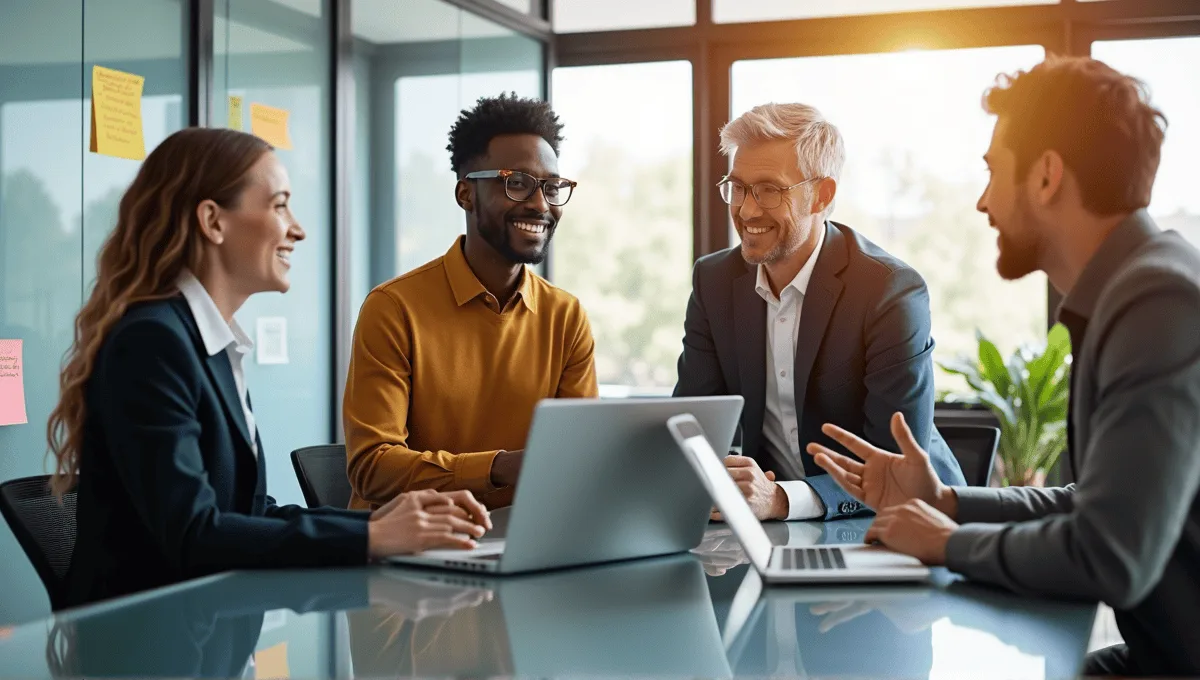Regression and classification are the basic prediction utilities in data mining and machine learning, both of which I have more than 15 years of experience as a software developer using extensively. So, how do you decide when to use each for your particular problem? Let’s discuss the main differences and use cases.
Regression vs Classification: Understanding the Basics

Regression is used to predict continuous numerical values. It’s like predicting how many cookies you will eat based on how hungry you are. In contrast, classification is used to assign items to a given category. It’s more like predicting whether you will eat cookies.
The key differentiator is the output. Regression gives you a specific number, while classification gives you a label or category. Here’s what each one typically solves for you:
Regression problems:
- House price prediction
- Sales forecasting
- Temperature estimation
Classification problems:
- Spam email detection
- Disease diagnosis
- Customer churn prediction
In other words, regression provides you with a number (e.g., $250,000 for a house price), and classification provides you with a category (e.g., an email is spam or not spam).
These concepts will be particularly valuable to you as you solve various business problems. And understanding the difference between each of them will help you select the correct solution to a specific problem.
Characteristics of Regression Models
Regression models are one of my favorite algorithms as they are excellent at predicting quantities/numerical values. They work well when the output variable is continuous, meaning it can be any value within a range.
Some common regression problems include:
- Stock price prediction
- Estimating crop yields
- Forecasting energy consumption
Common regression algorithms I’ve used include:
- Linear Regression
- Polynomial Regression
- Random Forest Regression
- Support Vector Regression
When evaluating regression models, you look at metrics like Mean Squared Error (MSE), Root Mean Squared Error (RMSE), and R-squared. These metrics tell you how well your model is performing.
Regression models are very good at capturing the relationship between variables, making them great options when you have a specific numerical output you want to predict based on various inputs. You can further enhance your regression practices by exploring various agile tools.
Characteristics of Classification Models

- Classification models predict discrete output variables. They are designed to predict categories or class labels. I’ve primarily used these models in software development projects, particularly for user behavior analysis.
Some common classification problems include:
- Credit risk analysis
- Image classification
- Sentiment analysis
Popular classification algorithms include:
- Logistic Regression
- Decision Trees
- Random Forest
- Support Vector Machines
When evaluating classification models, we use metrics such as accuracy, precision, recall, and the F1 score. These tell us how accurately the model is classifying the data.
Classification is ideal if you have data you need to classify into one of several predefined groups. It’s also excellent for yes/no decisions and multiclass problems (where the answer is one of many categories).
When to Use Regression vs Classification
The decision to use regression or classification will depend on the specific problem you’re solving and the outcome you want. Here are some common use cases for each method:
Use regression when:
- If you’re predicting a continuous value
- If the output can be any numeric value
- If you want to predict trends over time
Use classification when:
- If you’re placing items into predefined categories
- If the output is a discrete class or label
- If you’re making yes/no or multiple choice decisions
You may also use a combination of both. For example, in my previous work with e-commerce companies, we used regression to predict customer lifetime value and classification to group customers.
Think about the data and the business question. It’ll be clear which method you should use for your project.
Data Preparation and Feature Engineering

For regression, you might use:
- min-max scaling
- standardization to normalize numerical features.
For classification, you might need to convert categorical variables to a numerical format.
Dealing with missing data is important in both regression and classification. Depending on how much data is missing and the data’s nature, you might use:
- imputation
- deletion.
Feature selection techniques help you determine which inputs are most important for your model. This can help it do a better job and also prevent overfitting. I’ve found techniques like:
- correlation analysis
- recursive feature elimination valuable.
Keep in mind that the quality of your data will directly impact the quality and performance of your model. Therefore, spend time cleaning and preparing your data. It’s always a good investment. If you want to learn more about data mining techniques, check out this article.
Model Selection and Hyperparameter Tuning
Selecting the best algorithm is a key step in both regression and classification. The algorithm you choose will depend on factors such as data size complexity, and interpretability requirements.
Cross-validation is a key step in both regression and classification. It helps ensure that your model generalizes to new, unseen data. I generally use k-fold cross validation to obtain a reliable estimate of how the model will perform.
Hyperparameter optimization is the process of searching for the best configuration of a model to maximize its performance.
- Grid search
- random search
- Bayesian optimization are all popular techniques.
Overfitting is a common challenge in both regression and classification problems. You can use regularization techniques such as
- L1
- L2 regularization to solve this problem.
Model ensembling is a popular strategy to improve model performance.
- Bagging
- boosting
- stacking are all ways to combine multiple models into a stronger predictor.
Interpreting Results and Model Evaluation

For classification models, we interpret the decision boundaries to understand how the model separates the classes.
Here’s a basic comparison of interpreting regression and classification models:
| Metric | Regression | Classification |
|---|---|---|
| Output | Continuous value | Discrete label |
| Example | House price: $250,000 | Email: Spam/Not Spam |
| Evaluation | RMSE, R-squared | Accuracy, F1-score |
Model interpretability is especially critical in business use cases, as it helps stakeholders understand why the model is or isn’t making the correct decisions.
In my experience with sprint planning, having a clear interpretation of the model has been essential for getting team buy-in and making effective decisions.
Real-world Applications of Regression and Classification
I’ve seen regression and classification used in various industries. Here are some common examples:
Regression use cases:
- Financial forecasting
- Demand forecasting
- Resource optimization
Classification use cases:
- Fraud detection
- Medical image classification
- Customer segmentation
Sometimes these methods are used together to solve more complicated problems. For example, in predictive maintenance, we might use regression to predict component lifetimes and classification to determine whether immediate action is required.
An emerging trend I’ve noticed is the application of these methods in IoT devices and edge computing.
When I’ve applied these concepts to project management, I’ve found burndown charts to be extremely helpful. They visually represent progress and using regression techniques, you can predict when a project will be completed.
Advanced Techniques and Future Directions

Transfer learning is the concept of applying knowledge from one domain to another, which is incredibly powerful when you have limited data in your target domain.
Automated Machine Learning (AutoML) is making it easier to select models, as it can search for the best algorithm and hyperparameters automatically, saving a lot of time and resources.
Explainable AI (XAI) is becoming more and more important as it helps us understand why a model is making specific predictions. This is critical for establishing trust and ensuring fairness.
Looking forward, causal inference will likely make its way into regression and classification, and we will build more robust models that can better handle distribution shifts.
At the end of the day, regression and classification tasks are pretty well solved, and it’s a truly exciting time to be in the space. There are so many interesting problems to solve and opportunities to drive business results.
Final Takeaways
I’ve used regression and classification models for years. Here are the key takeaways:
Regression and classification are the bread and butter of data science. Regression predicts continuous values, while classification predicts a class. Choose the one that makes the most sense for the problem you’re solving and the data you have. Always be meticulous about preprocessing your data and choose the most appropriate evaluation metrics. Keep up to date with the latest algorithms and advances in machine learning. Becoming proficient with both regression and classification will make you a more well-rounded data scientist.






